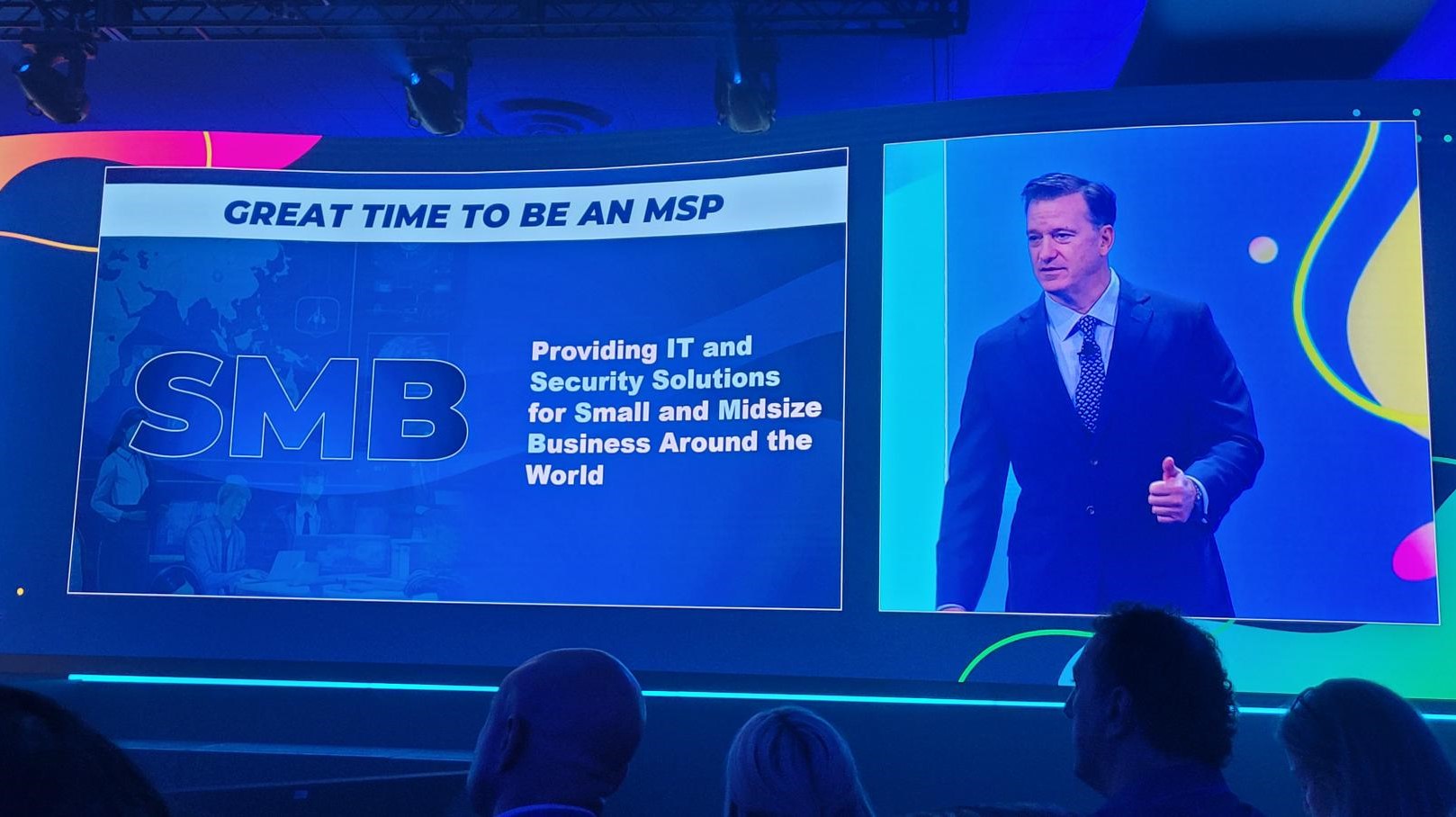Using Service Contract Management to Sustain Your Business in a Down Economy
Keeping tabs on customer contract expirations has created dramatic reform in the way manufacturers approach their service businesses.
By Paula Johns
In a recession, the importance of an effective service business strategy increases exponentially. Budgets for new IT products that existed before the big economic fall-out in 2008 are no longer valid. This means that customers are using their products longer, which opens the door for more service contract renewals to be sold.† Clearly, there’s no time like the present for manufacturers and their channel partners to understand the process of managing these renewals.
It all comes down to sales teams having a pulse on the expiration dates of customers’ service contracts, and understanding the need to renew those contracts in a timely manner. Whether the service renewal is valued at hundreds of dollars, or for an entire enterprise,† millions of dollars, keeping tabs on customer contract expirations has created dramatic reform in the way manufacturers approach their service businesses.†
Many of these manufacturers have turned to software-based service contract management platforms to help.† These business intelligence-based platforms are allowing manufacturers and their channel partners to be proactive about service sales, and they are capable of generating millions of dollars in untapped revenues.† Some platforms make the service sales process a “no-brainer” for sales agents: they provide automated notifications of expiring service contracts, and easy-to-use tools for quickly creating service quotes and service orders.
In a down economy, focusing on service businesses and service contract management should become a targeted strategy within the supply chain for a number of reasons. First and foremost, services represent a high-margin, high-profit recurring business. They allow manufacturers to increase revenues with existing customers, and strengthen ties with those same customers over the long term.† It is also no secret that finding new customers, especially in this economic climate, is much more costly and challenging than selling and marketing to existing customers.
Service businesses also represent predictable revenue streams. Because end customers today recognize the value of protecting their IT assets with services, they are not about to leave those assets unattached to a service.† In other words, if products fail, they don’t want to lose their entire investment due to a lapsed service contract. The purchase of a service renewal is therefore almost automatic, unless of course, the time has come for product refresh.
Which brings up another benefit of effective service contract management: It allows for improved lifecycle management. It enables manufacturers to see the big picture. With lifecycle management practices in place, they can better anticipate the opportunities that exist, from the point of the initial product and service sale, to the need for mid-life service renewals and add-on products, all the way to the end of the lifecycle, when product refresh makes sense.
In spite of the clear advantages of a best-practice service contract management program, some manufacturers and solution providers are still standing on the sidelines. Is your company one of them? If you’re not taking full advantage of the platforms and practices available today, you may be missing out on transforming a mediocre service business into an exceptional service annuity business.
†














